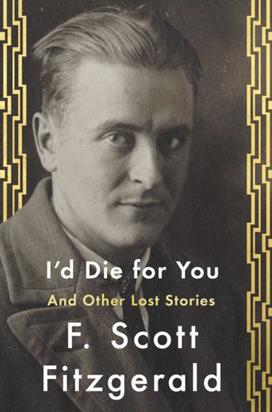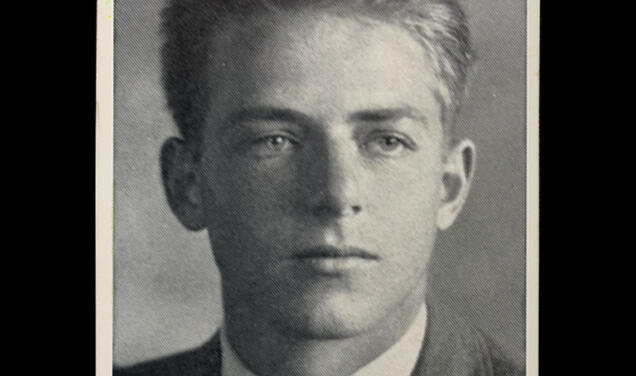Anne Margaret Daniel *99 Introduces the World to Short-Stories by F. Scott Fitzgerald ’17

Why are these stories just now being published?
Scholars knew of the existence of eight of these stories, because they’re in the Fitzgerald papers at Princeton. Three others are at the University of South Carolina. But in 2012, the trustees of the Fitzgerald estate, which includes his granddaughter Eleanor Lanahan and great-granddaughter Blake Hazard, found a box of family papers in a bank vault that included an additional seven stories. After that, there were enough to make a collection.
I was asked to edit it and spent six months at Firestone checking and double-checking to see if any other complete original works of his might have slipped through the cracks in the past 50 years. And I did find an original screenplay of his — that is, his own idea, and not something he was working on in Hollywood based on someone else’s story or novel or idea — which we added. It’s called Love Is a Pain, and a large chunk of it is set on the Princeton campus. I also included a short story, “Salute to Lucy and Elsie,” which the trustees were not familiar with because a copy never went to Fitzgerald’s literary agent, Harold Ober, and a beautiful fragment, “Day Off from Love,” which shows his creative process at work.
You write in the introduction that editors rejected many of these stories because they explored risqué topics or didn’t jibe with readers’ expectations from a writer of “jazz and fizz.” What are these stories like?
There are four stories featuring doctors and patients as principal characters, who in hospital settings, which are also love stories. They’re about doctors in some ways trapped in their profession and about the sympathy that some doctors have for patients, and that some lack — particularly “Nightmare (Fantasy in Black).” That’s a tragedy about people in a gorgeous resort-like setting, up in the New Hampshire mountains, who are mentally ill and for whom there may not ever be a way out. Both Fitzgerald and his wife, Zelda, were struggling with health problems throughout this period. There are also two versions of a Civil War story featuring a dentist. There are stories set in North Carolina that deal with suicide, stories set in Cuba that deal with premarital sex and venereal disease, and a story set in Hollywood that deals with the film industry and that is also about someone who may have a heart condition, which Fitzgerald himself did at the time.
Do you see any common theme that unites the collection?
The stories are diverse, but the commonality between them is the power of Fitzgerald’s imagination. Even when confronted with terrible things that were happening in his life, or when he was called upon to write screenplays for other people, and you feel his heart is not in them, the one thing he always had was an ability to write his way through. Fitzgerald’s imagination never failed him. And that’s what makes him a writer that people never stop reading.










No responses yet